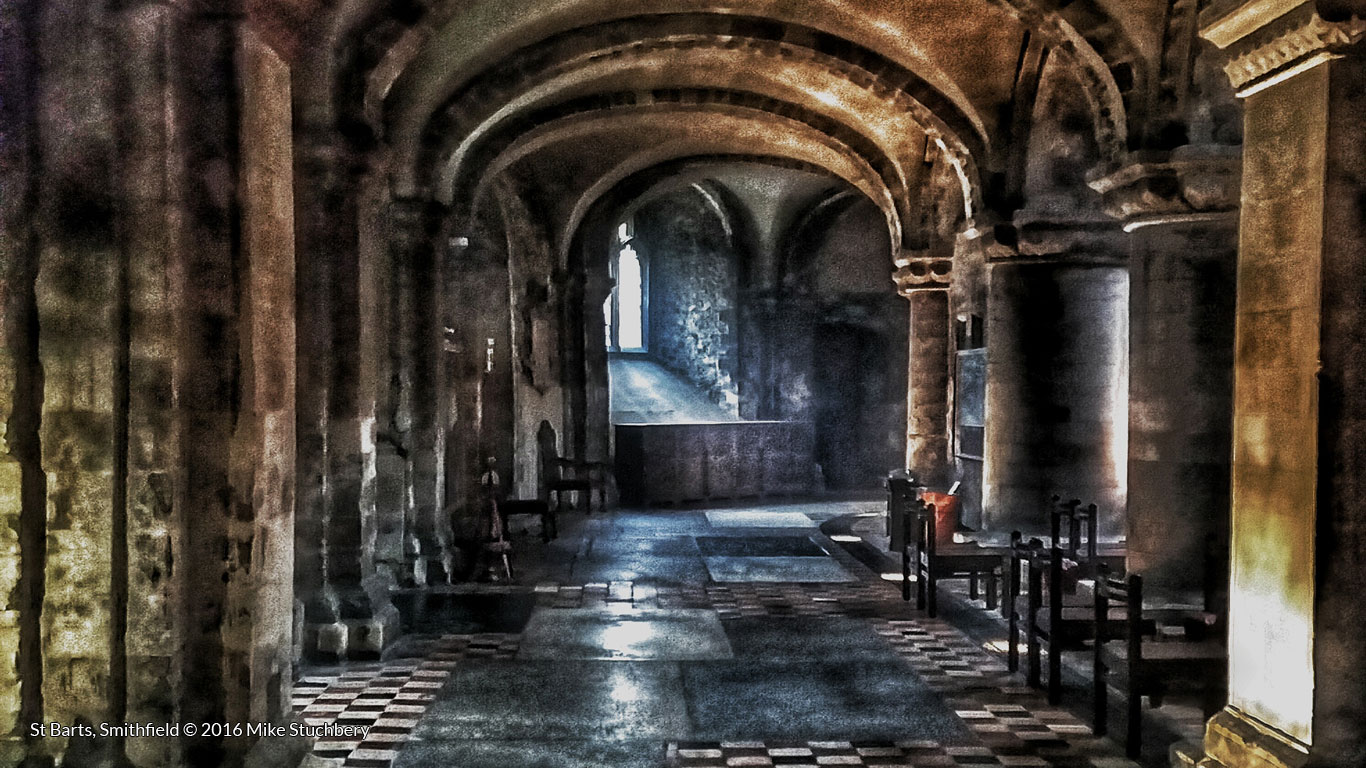
12th – 14th Century
Architecture in London
12th century
St Bartholomew the Great, 1123
MAP | CITY OF LONDON, SMITHFIELD
The Priory Church of St Bartholomew the Great, sometimes abbreviated to St-Barts-the-Great, is a medieval church in the Church of England’s Diocese of London located in Smithfield within the City of London. The building was founded as an Augustinian priory in 1123.
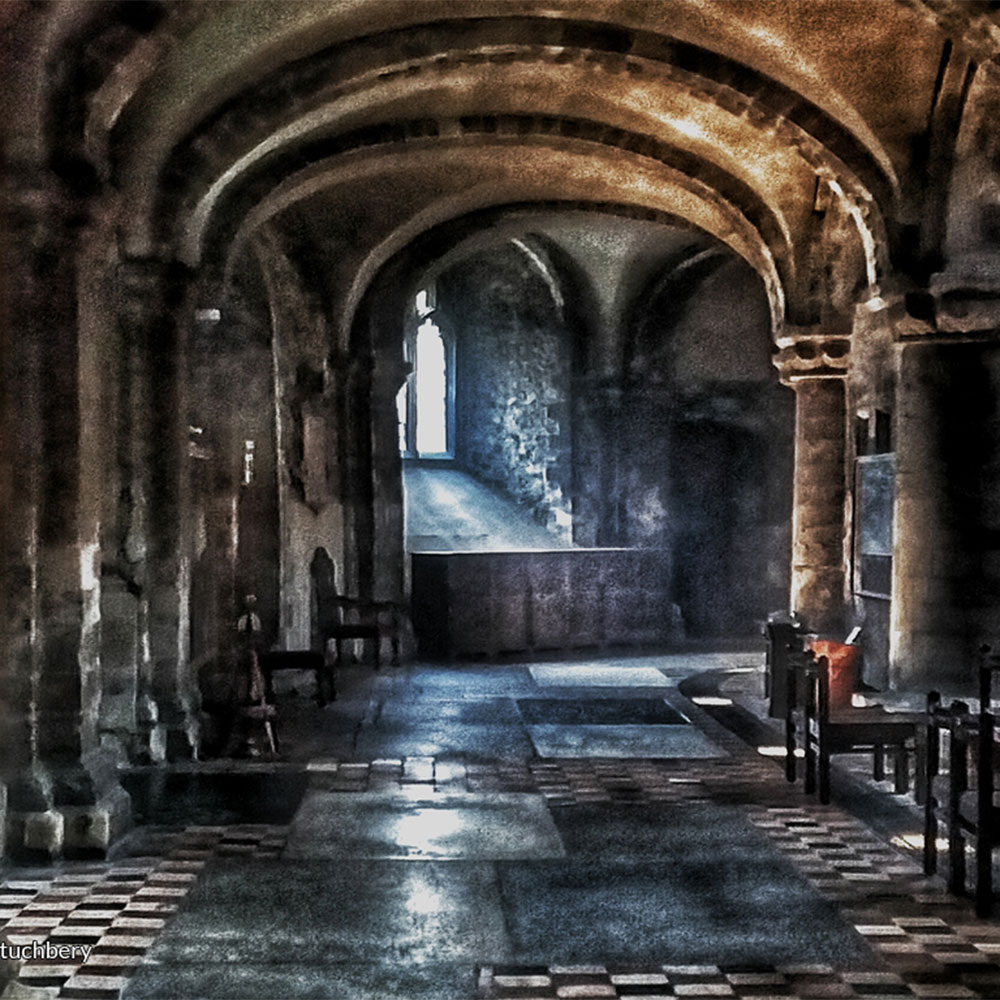
Temple Church, 1185
MAP | CENTRAL LONDON, THE STRAND
Architects: Christopher Wren, 17thc; Walter Godfrey, 20thc
The Temple Church, a royal peculiar in the Church of England, is a church in the Inner and Middle Temples located between Fleet Street and the River Thames, built by the Knights Templar for their English headquarters in the Temple precinct. It was consecrated on 10 February 1185 by Patriarch Heraclius of Jerusalem.
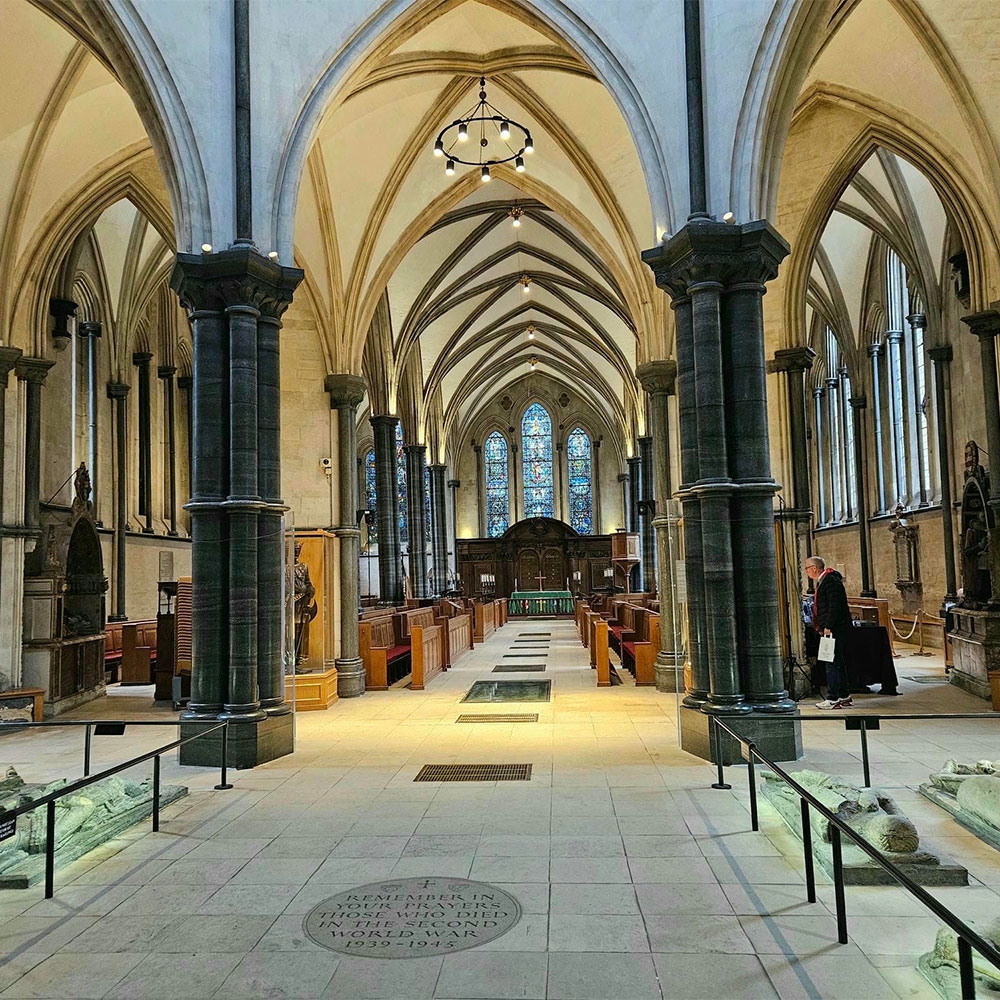
13th century
Tower of London, 1216-1272
MAP | EAST LONDON
Architect: Anthony Salvin, 19thc
The White Tower, which gives the entire castle its name, was built by William the Conqueror in 1078 and was initially a resented symbol of oppression, inflicted upon London by the new Norman ruling class. The castle was also used as a prison from 1100 until 1952, although that was not its primary purpose. A grand palace early in its history, it served as a royal residence. As a whole, the Tower is a complex of several buildings set within two concentric rings of defensive walls and a moat. There were several phases of expansion, mainly under kings Richard I, Henry III, and Edward I in the 12th and 13th centuries. The general layout established by the late 13th century remains despite later activity on the site.
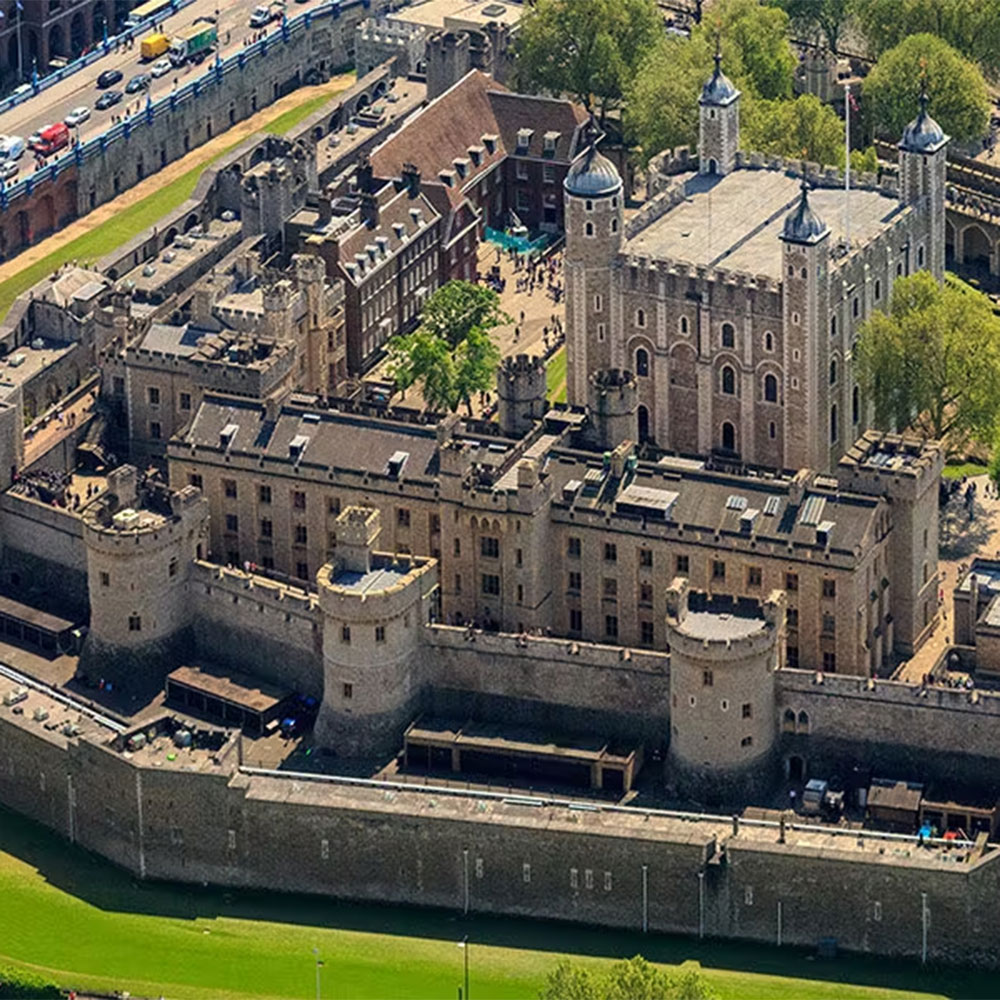
Westminster Abbey, 1220-1272
MAP | WEST LONDON, WHITEHALL
Architects, Lady Chapel: Robert Janyns and William Vertue, 19c James Wyatt; Chapter House: George Gilbert Scott; North Front: 17c Christopher Wren and Nicholas Hawksmoor, 19c John L. Pearson; West Towers: Nicholas Hawksmoor
The Abbey has been the coronation church since 1066, and is the final resting place of 17 monarchs. The church we see today was begun by Henry III in 1245. It’s one of the most important Gothic buildings in the country, and has the medieval shrine of an Anglo-Saxon saint at its heart.
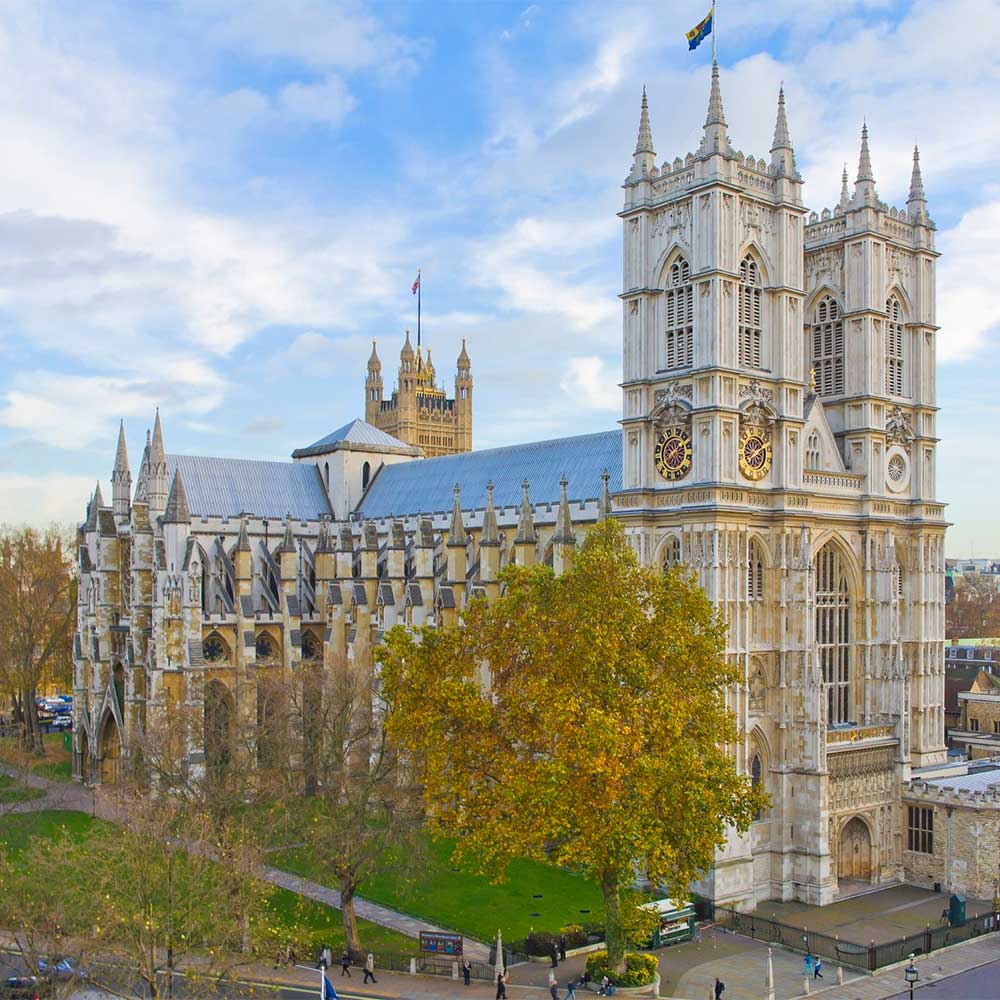
St Etheldreda’s, 1290
MAP | CENTRAL LONDON, HOLBORN
Tucked away down Ely Place, St Etheldreda’s church in Holborn is a real hidden gem. Built in around 1290, it is one of only two surviving buildings in London from the reign of Edward I.
It is the oldest church in London with a Roman Catholic denomination, after it was bought by a Catholic convert, William Lockhart, in the 1870s.
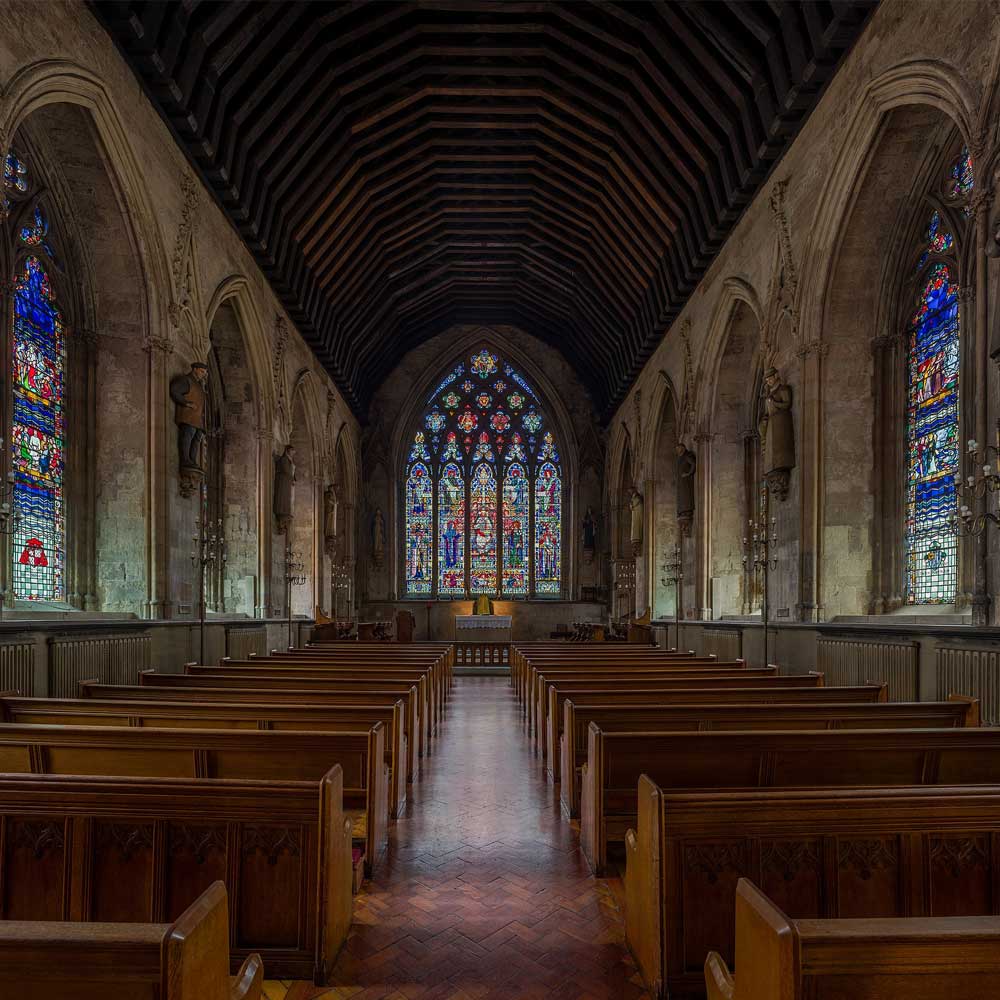
14th century
Westminster Hall
MAP | WEST LONDON, WHITEHALL
Westminster Hall is the oldest building on the Parliamentary estate. What makes it such an astonishing building is not simply its great size and the magnificence of its roof, but its central role in British history. In and around the Hall, grew up the major institutions of the British state: Parliament, the law courts and various government offices.
Closely involved in the life of the nation since the 11th century, a journey through the Hall’s past is a journey through 900 fascinating years of our history.

